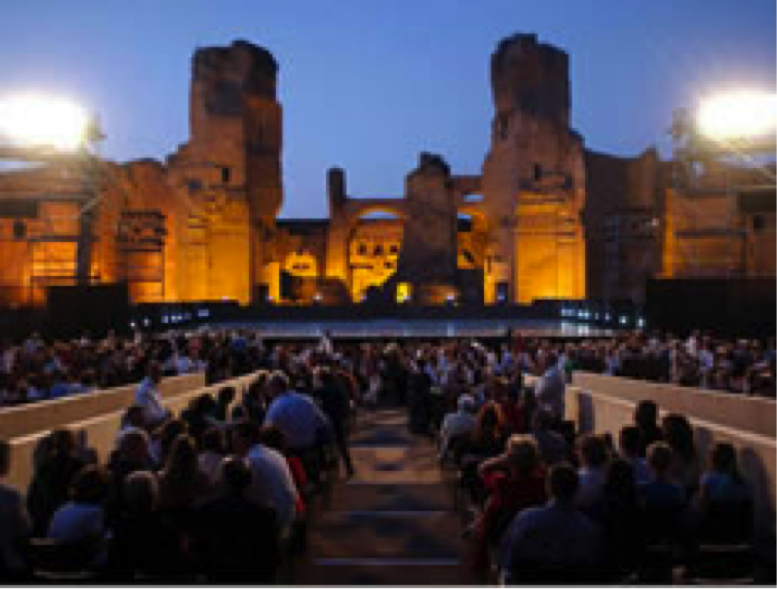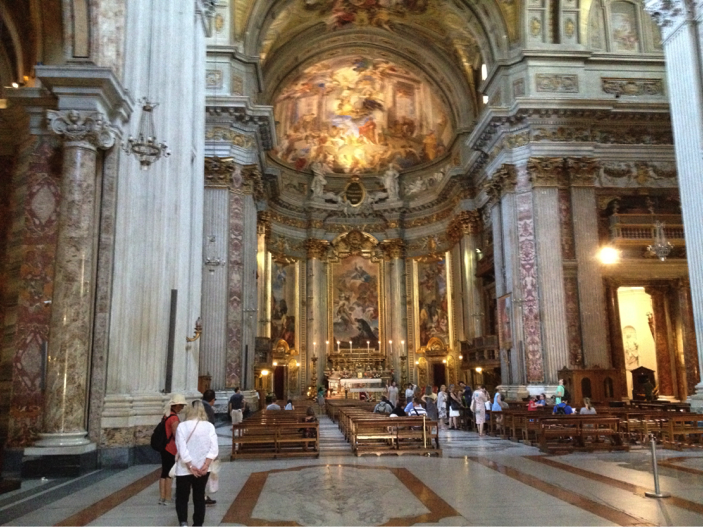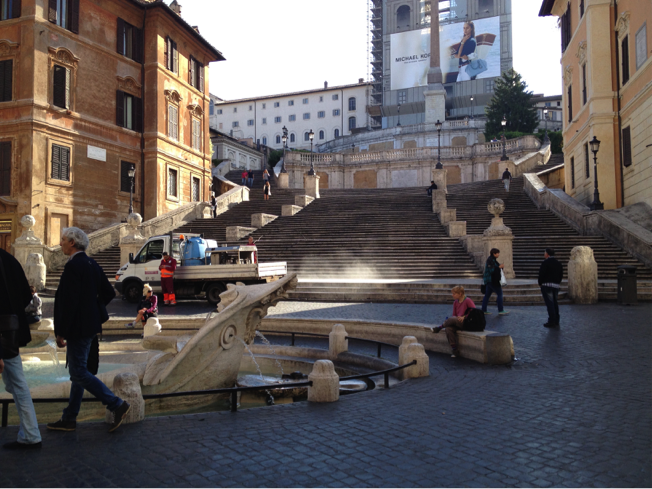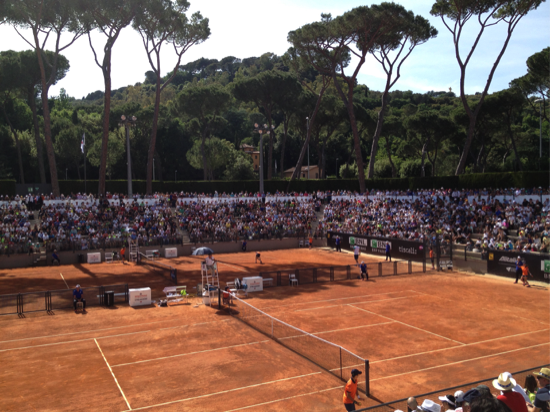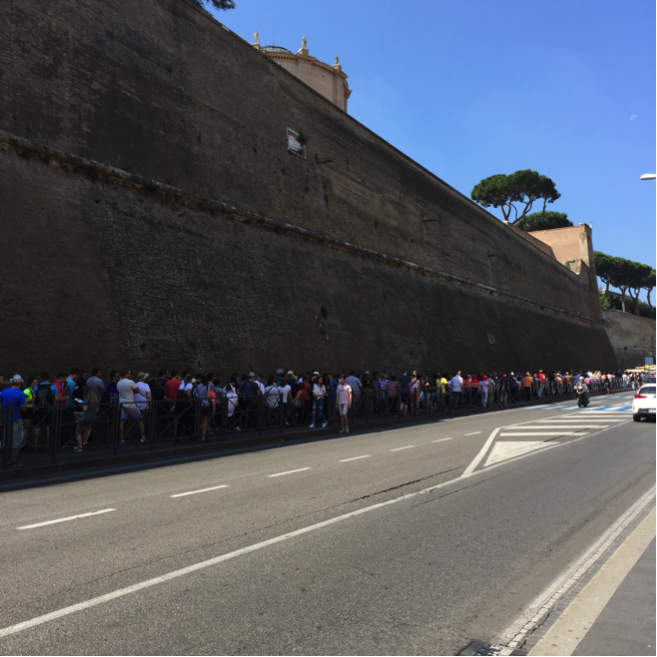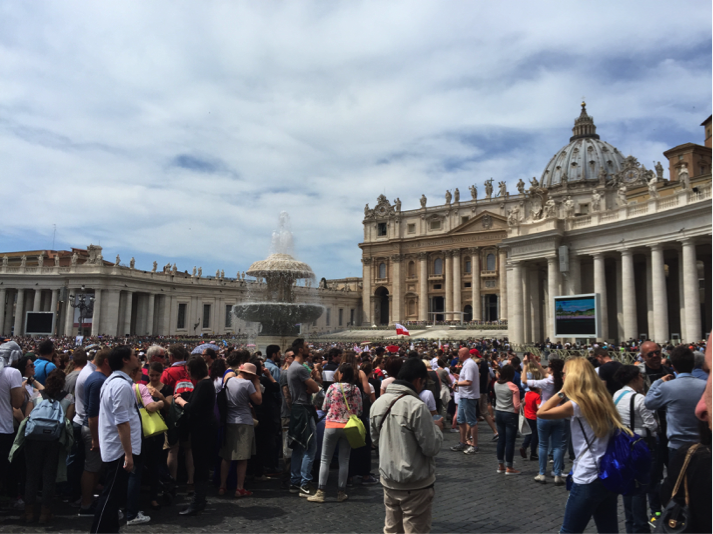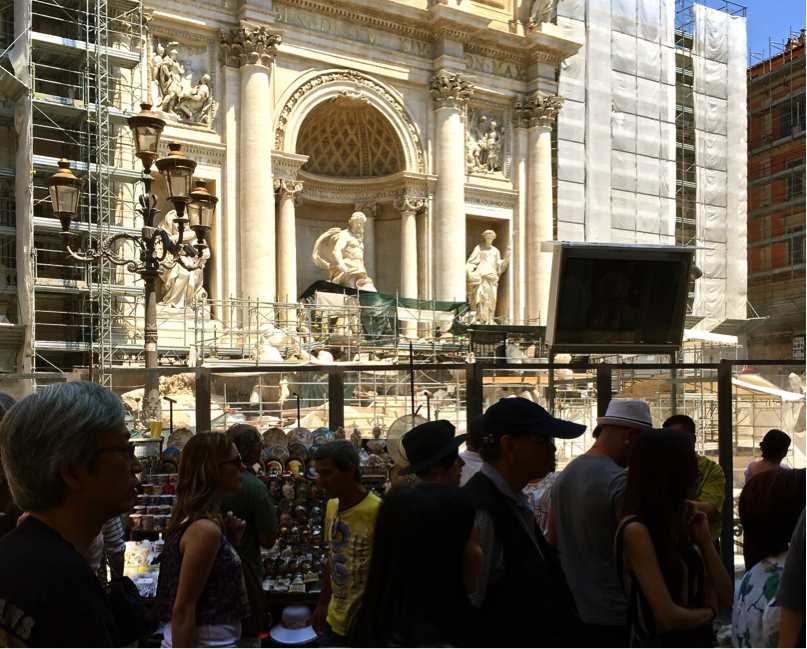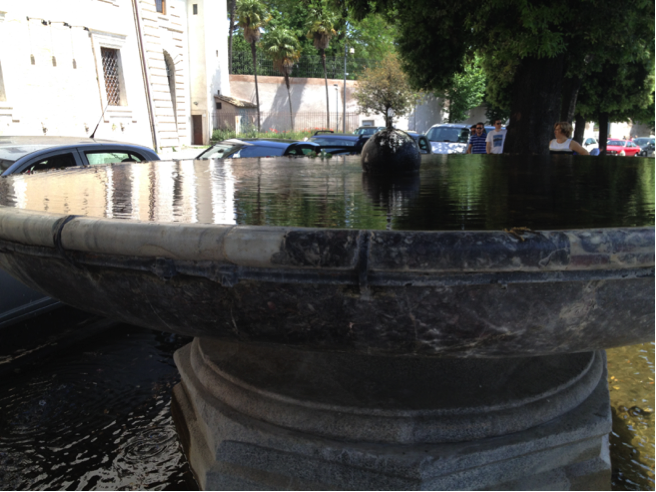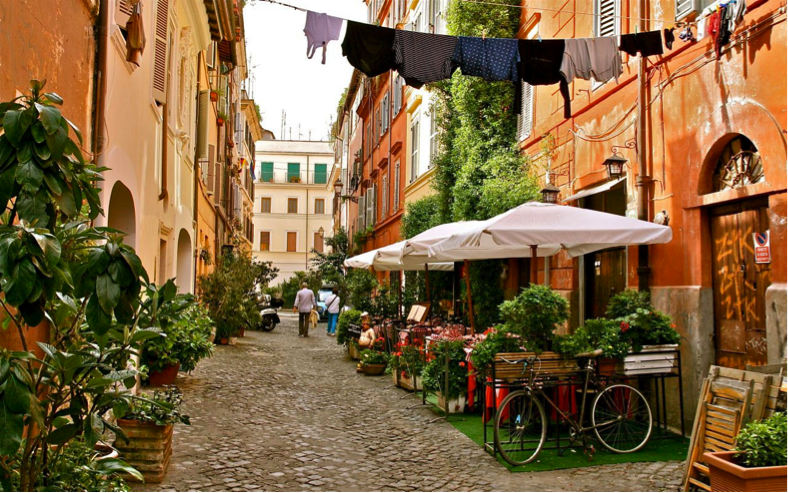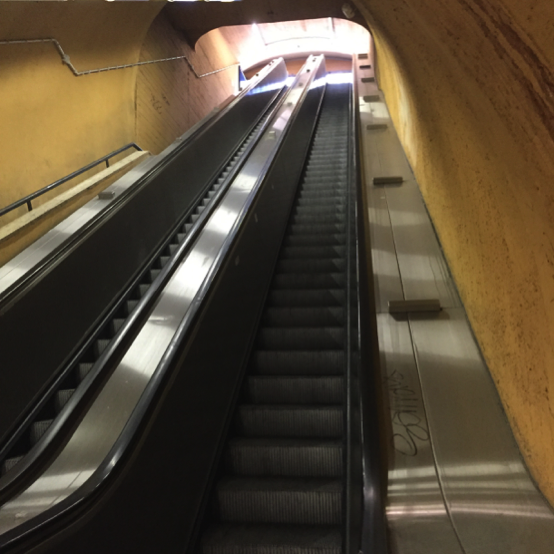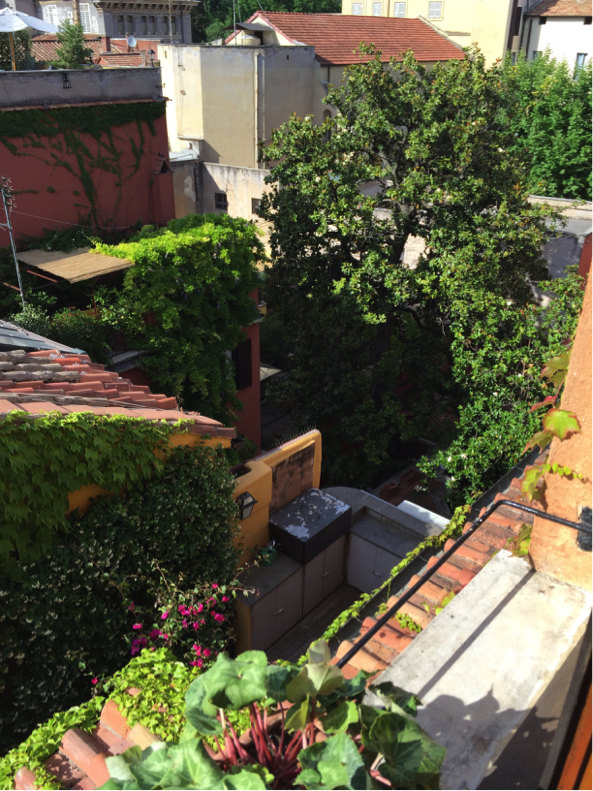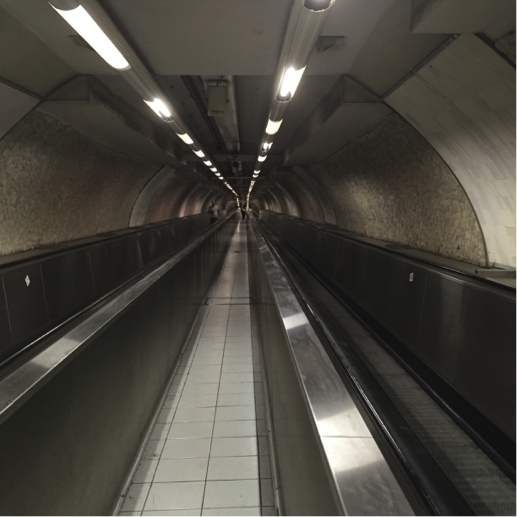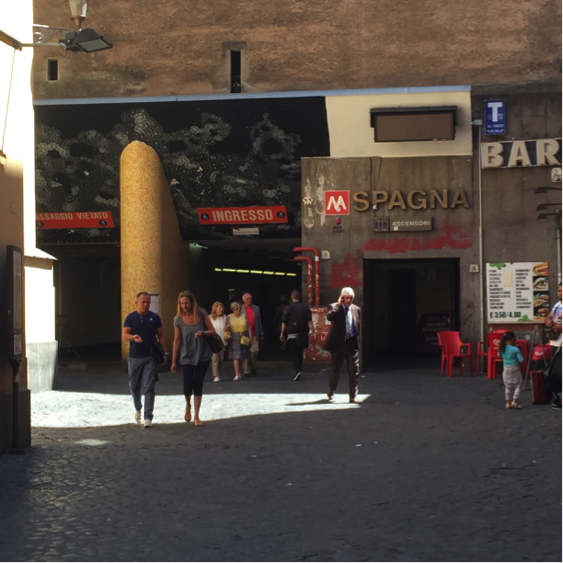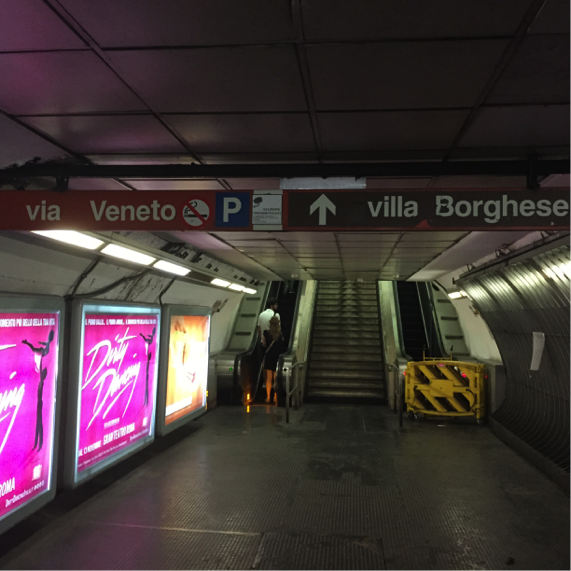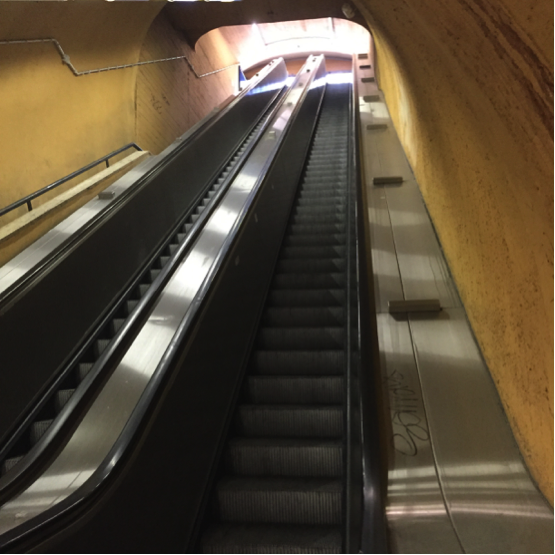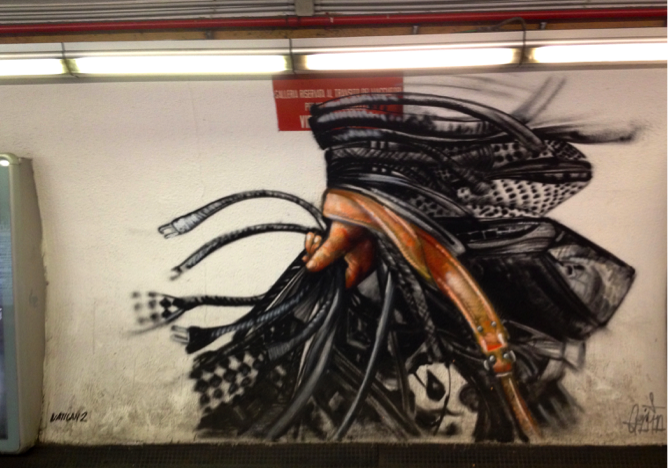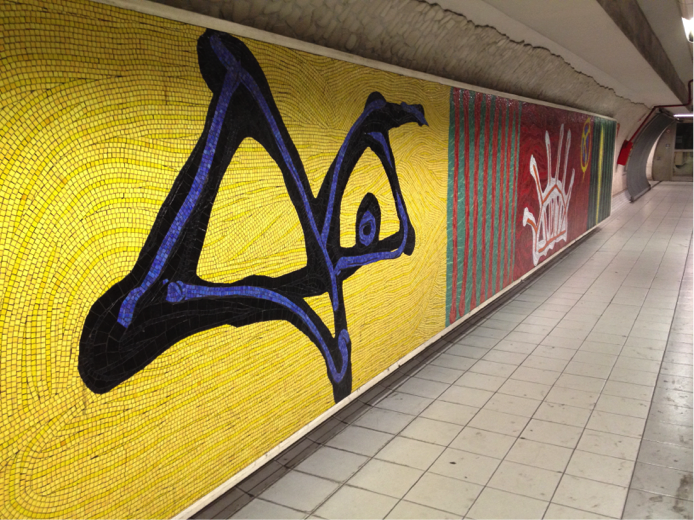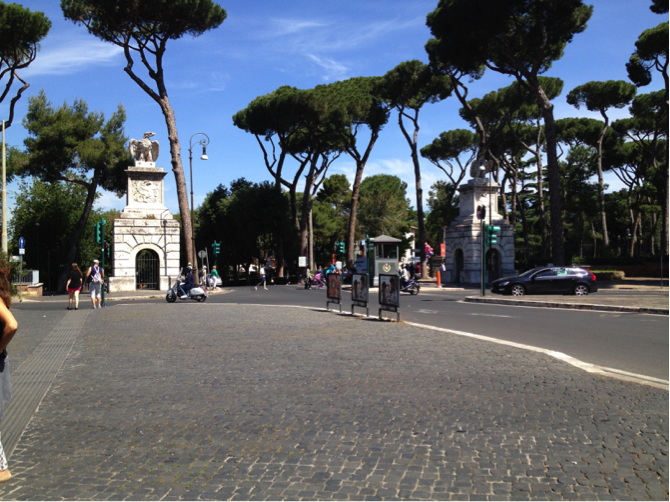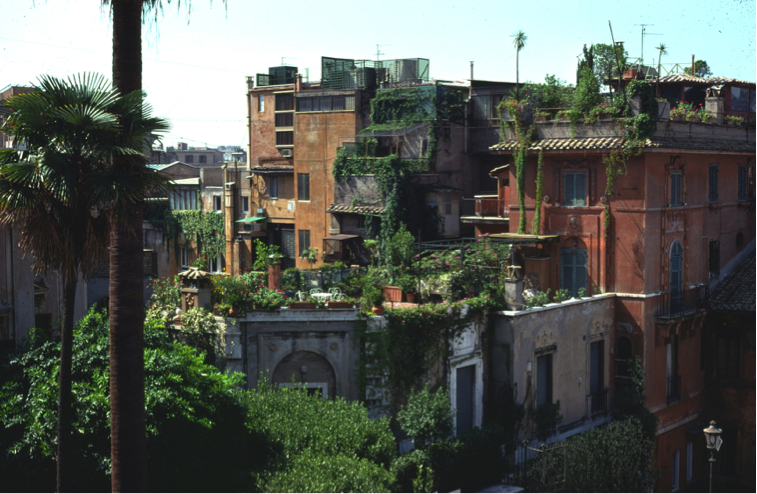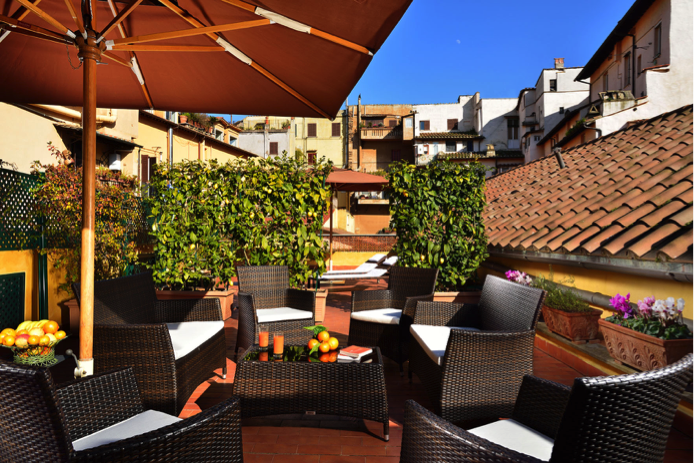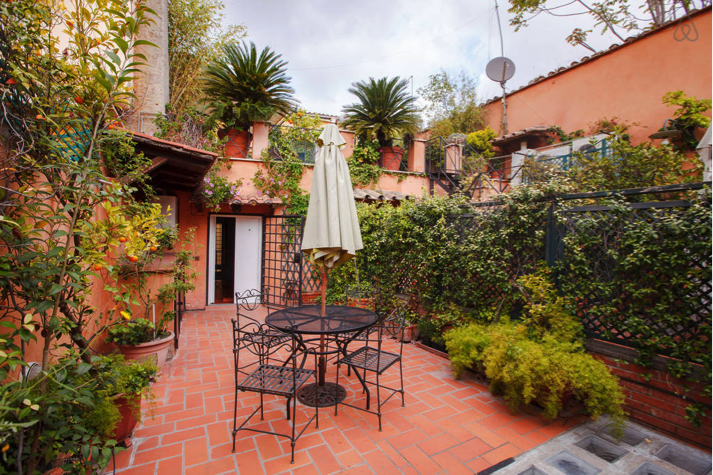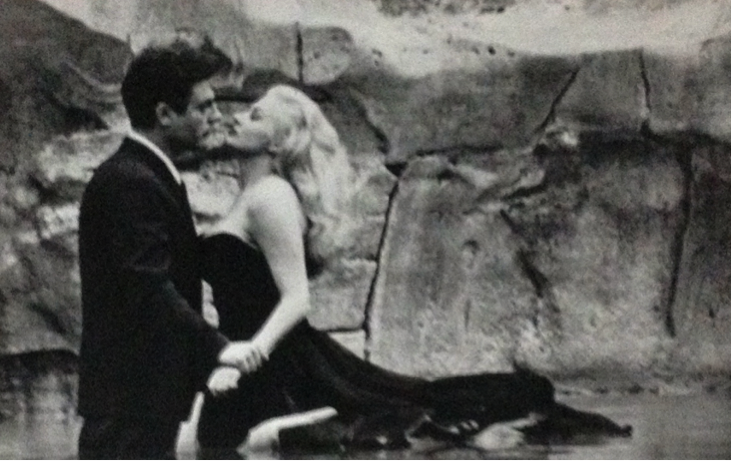In the fall of 1958 my friend, Hoddy Schepman, started his PhD. work in Comparative Literature at Cornell. Before he left for Ithaca he told me he was taking a course in the modern novel taught by Vladimir Nabokov, whose notoriety and fame had rocketed with the US publication of Lolita earlier in the year.
When he came home at Christmas, he told me that there was nothing comparative or maybe even modern about Nabakov’s course. According to Vlad the “modern novel” began and ended with Gustav Flaubert’s Madame Bovary, so it was the only one he planned to teach that fall. Hoddy said it was the best class he’d ever taken.
Nabokov was famous for his eccentricities so the story resonates. He was a famous lepidopterist (butterfly expert), a literary critic (four volume translation with commentary on Alexander Pushkin’s Eugene Onegin), a novelist whose first nine were written in Russian but who became one of the great wordsmiths in English literature as well as a linguist who spoke fluent Russian, French, German, and English.
So, that takes care of Vladimir…
This is really about Emma and Gemma. It’s also about Madame Bovary – its fame, durability, and a current film and graphic novel based on the story, but Emma and Gemma are central to the stories. The original was published in serial form in 1856 and immediately caused a ruckus. The author and his publisher were sued for obscenity and when they were acquitted its notoriety made the book a hugely popular success. The title character, Emma, is a young woman who fantasizes about a life of luxury and romance but finds herself trapped in marriage to Charles Bovary, a boring, older, provincial doctor in a small village in Normandy. They have a daughter but she finds motherhood equally boring and begins to act out with a pair of adulterous affairs and the creation of a luxury lifestyle she can’t afford but hopes will fulfill her fantasies. The men she chooses are happy to oblige her sexually but not ready to sweep her away to Paris and her lust for luxury eventually drives Charles into bankruptcy. Spoiler alert – things do not turn out well.
Madame Bovary is one of the world’s great novels and it has had a serial life in film as well. The earliest modern version, in 1949, starred Jennifer Jones in the title role. More recent adaptations were a 1991 film starring Isabelle Huppert, a 2000 BBC miniseries with Francis O’Conner and Hugh Bonneville, and a 2014 version with Mia Wasikowska. I watched the 2014 film the other night and thought it was beautifully made but the anti-heroine lacked the juice of a restless character like Emma.
Now comes Gemma Bovery a film adaptation of the graphic novel by Posey Simmonds. In this satirical version of the story, Emma is Gemma, an English expatriate played beautifully by English actress Gemma (yes, that’s her name) Arterton, who moves to a small village in France with her older husband (Charles) where they act out a version of Monsieur Flaubert’s trysting characters – with a Madame Bovary/Gemma Bovery besotted baker and some odd plot twists thrown in. I’m a big fan of small movies, and Gemma Bovery definitely hit my sweet spot in that category. Gemma, the actress, plays a ripe, modern depiction of Emma the bored, restless, lusting character. She commands the screen as a contemporary, unfulfilled Emma. She’s not the materialistic country girl seeking romance that Flaubert created. She’s a modern woman displaced from the urban scene she wanted to trade for the bucolic French countryside only to find out there was nothing to do there.
If you know the novel you will discover that arsenic plays a role in the film, as it does in the book, but with a different twist. Gemma is terrified of mice and that’s where the arsenic comes in. I’d be happy to protect her from the mice – wouldn’t you?
When my friend told me in 1959 that Nabakov taught Madame Bovary as the only novel in a graduate course in Comparative Literature I thought it was crazy. Now I’m beginning to see the wisdom. The story is eternal and the variations limitless. I plan to stream other versions of the story or get the DVD’s in the next few days. I might even reread the book – C’est tres moderne, n’est pas?
Stay tuned



















